Istanbul with Costa croisière: a stopover at the crossroads of the West and the mysteries of the East
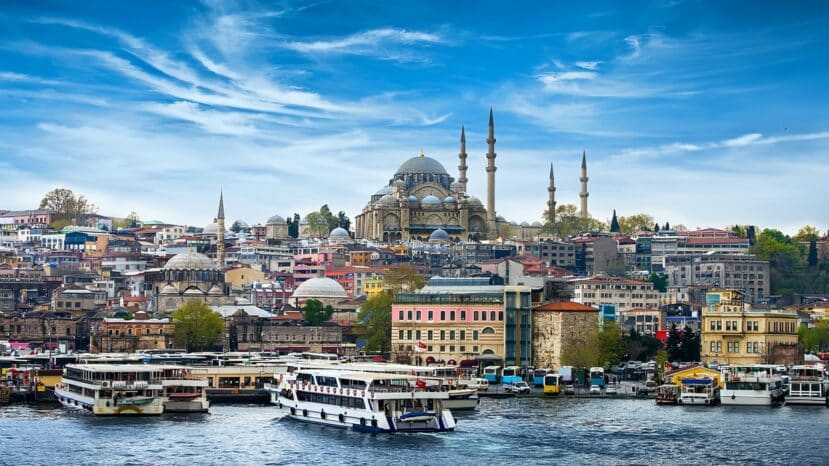
On board the Costa Mediterranean cruise, we discover Istanbul, the city of a thousand faces. As soon as we disembarked, we felt the weight of history and the scent of another world. Accompanied by a passionate guide, we discovered a city at the crossroads of two continents, two cultures and two spiritualities. A city you don’t look at, you feel. Costa offers several combinations of excursions, according to your desires: short tours concentrating on the essentials, or longer visits combining art, spirituality and local flavors. Here’s what we experienced, and what you can experience too.
Topkapi Palace: behind the walls of power, a suspended world
Allow 2 to 3 hours to visit this immense site without running.
As soon as you cross the first courtyard of Topkapi Palace, the noise of the city seems to fade away. An almost unreal calm settles in. The shade of the cypress trees, the marble fountains, the birds singing… everything here seems to have emerged from another century. And with good reason: Topkapi represents almost 400 years of Ottoman rule concentrated in a single place.
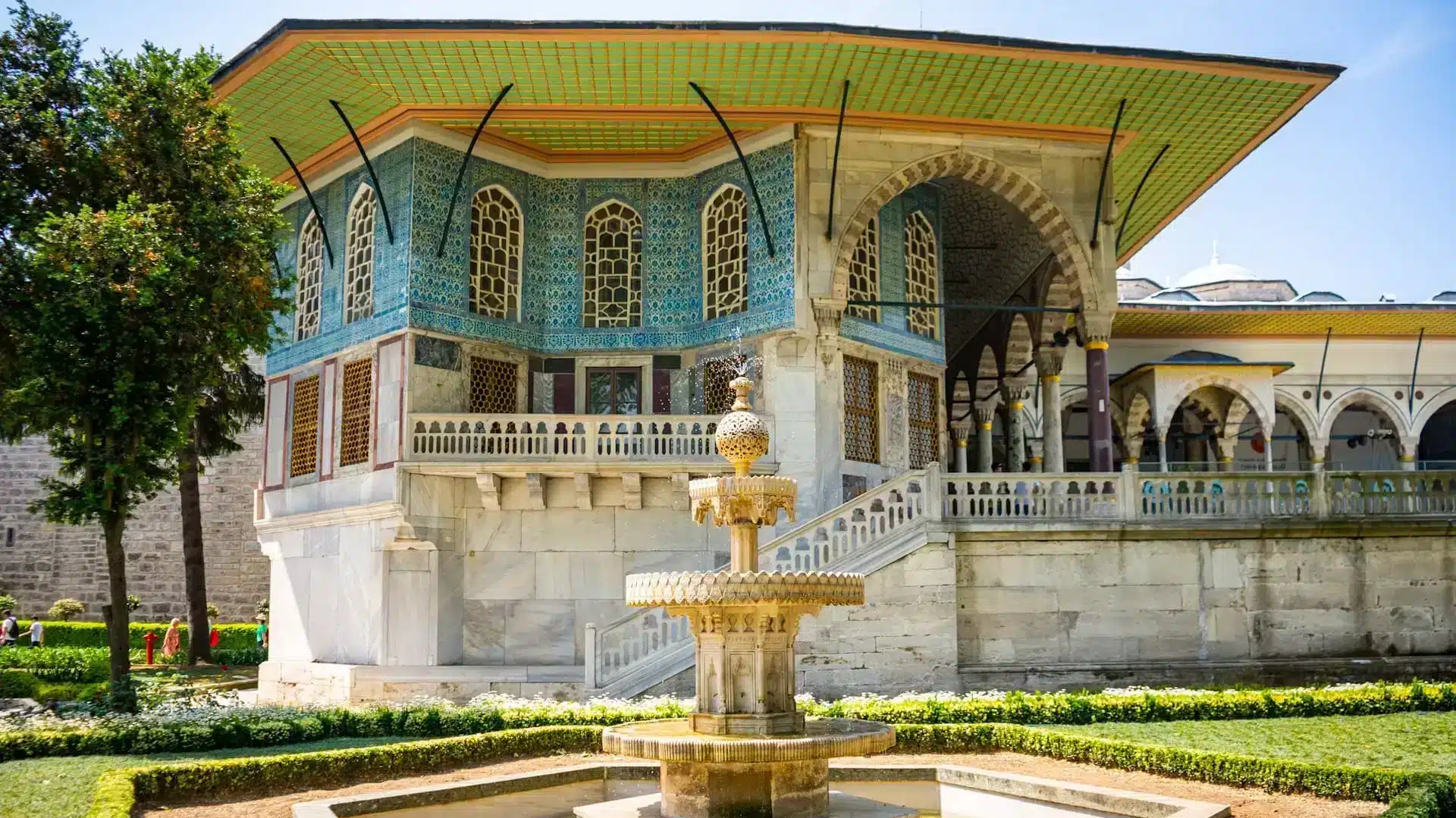
The palace is not a single building, but a collection of pavilions, kiosks and walled gardens arranged around several successive courtyards. It’s a city within a city, a gentle fortress where absolute power coexisted with extreme refinement.
We begin with a tour of the monumental kitchens, where feasts were prepared daily for over 4,000 people! Then, around a bend in a garden of carved paths, we enter the imperial treasure rooms. Here we discover the famous Kasikci diamond, 86 carats of mystery and brilliance, and a throne covered in mother-of-pearl and precious stones. Each piece is an invitation to marvel.
But the most enchanting place is undoubtedly the harem. Behind its discreet doors, you enter a hushed world of delicate earthenware, gilded ceilings and light-filled courtyards. Here lived the palace’s mothers, wives, children, concubines and eunuchs. Everything is perfectly codified, down to the smallest architectural detail.

And what about the terraces overlooking the Bosphorus, with their breathtaking views? Between sky and sea, with Istanbul’s minarets on the horizon, it’s easy to see why this place was at once a center of power, a haven of intimacy and a showcase of beauty.
Topkapi is much more than a museum: it’s a plunge into the closed world of the sultans, a space where every stone, every mosaic, every rose window tells a story. You come away with the impression of having touched another, almost magical, era.
Saint Sophia: faith, power and humility
1h to 1h30 are enough to explore the area at a leisurely pace.
Built in the 6th century under Emperor Justinian, Saint Sophia is a bewitching blend of Christianity and Islam, of light and shadow. The contrast between the half-faded Byzantine mosaics and the large hanging Islamic medallions is overwhelming.
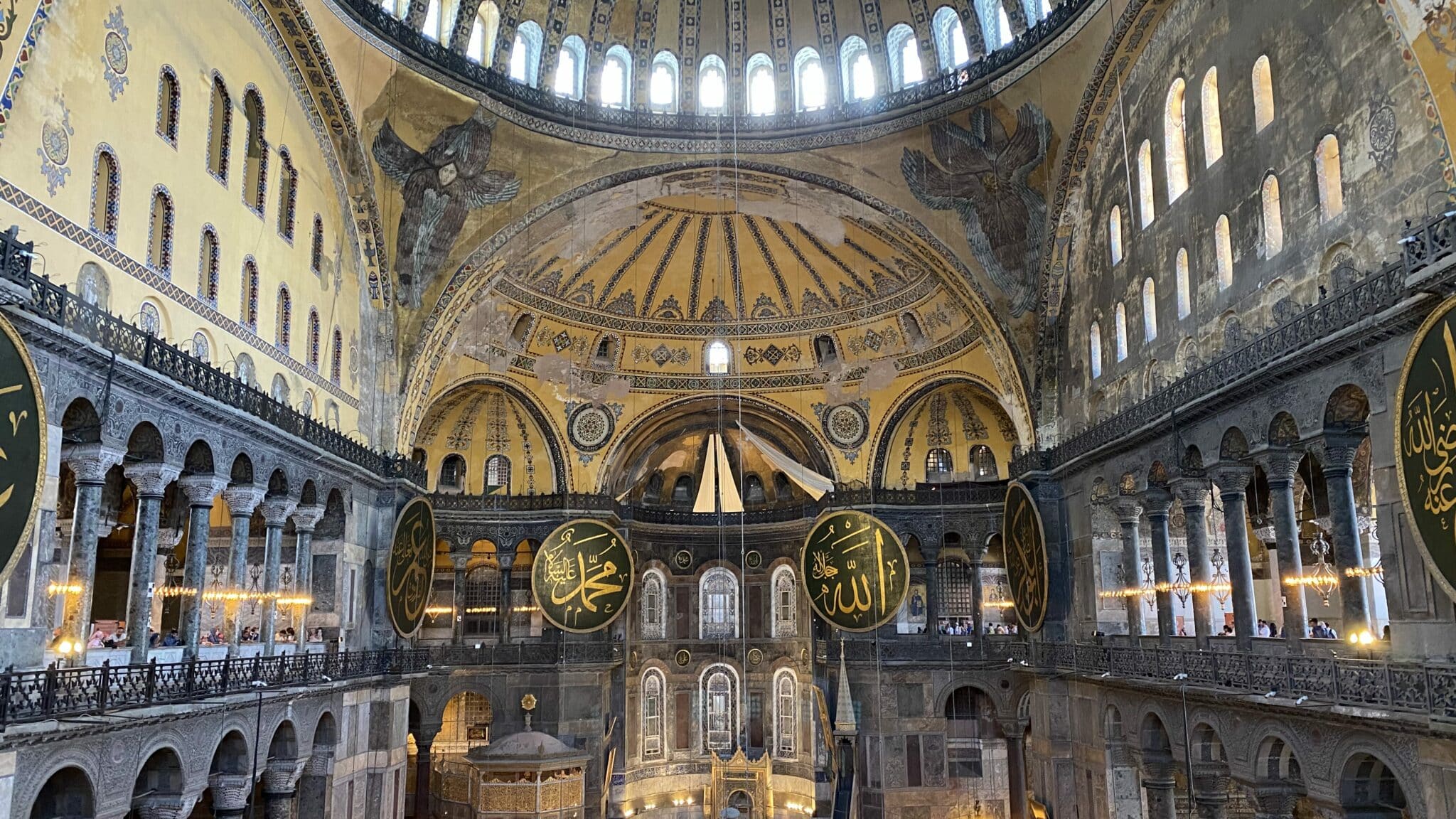
Our guide tells us that, when the building became a mosque, the angels’ faces were plastered over, but never destroyed. Today, the first floor is reserved for prayer, while visitors climb upstairs to observe in silence this hybrid place, almost sacred to all. The atmosphere is strange, solemn and suspended.
The Blue Mosque: grace in stone
Allow 1 hour (but avoid prayer times).
We took off our shoes at the entrance, as tradition dictates, and entered the gates of the Blue Mosque, also known as the Sultanahmet Camii. The moment is solemn. The interior is immediately enveloped in a hushed silence. The light, subdued by hundreds of colorful stained-glass windows, gently caresses the walls covered in Iznik earthenware: some 21,000 tiles in shades of blue, white and turquoise, which give the mosque its Western nickname.
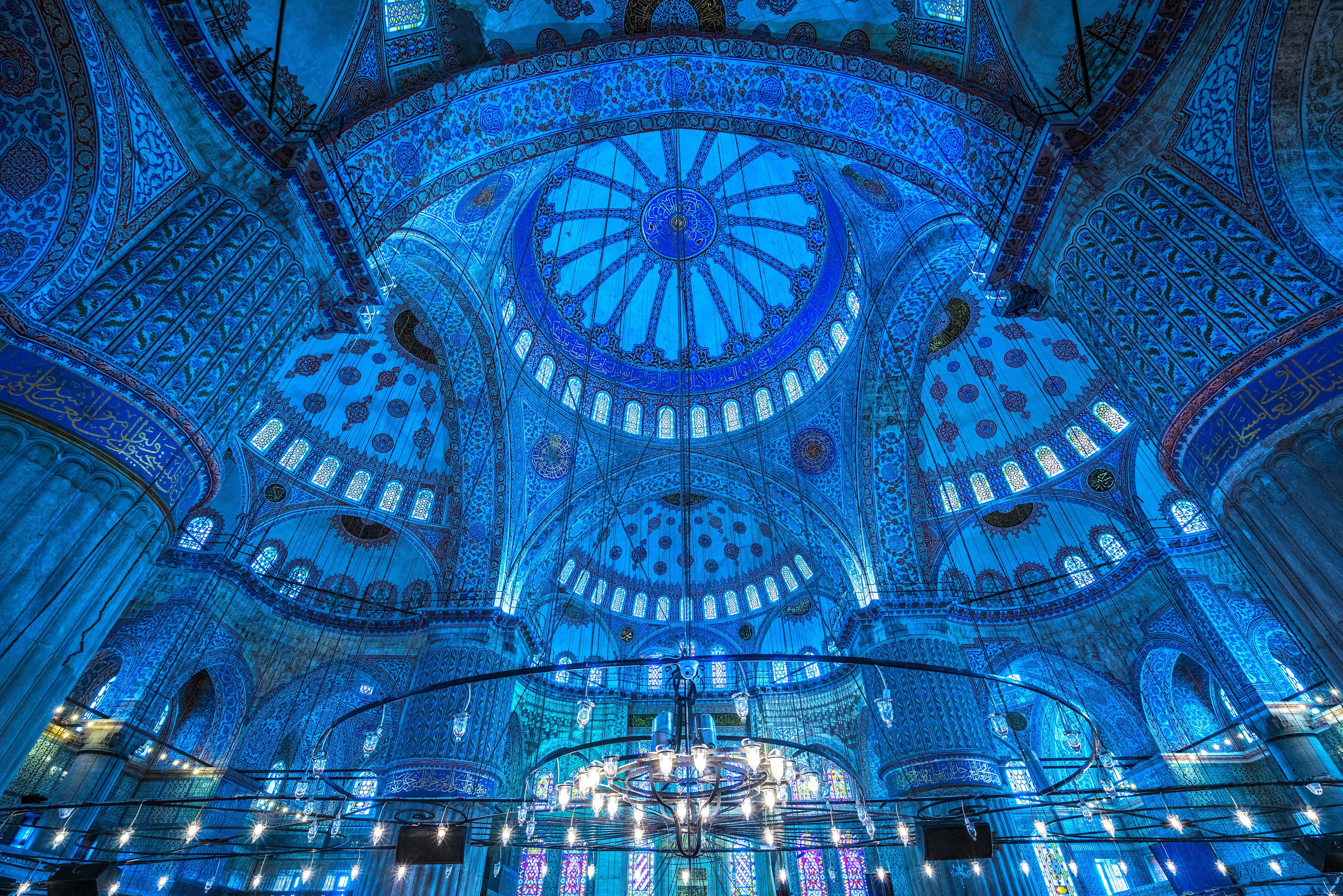
Above us, the central dome, 23 metres in diameter and 43 metres high, seems to float in the air, supported by majestic arches. Four immense fluted pillars, known as “elephant’s feet“, ensure its stability. The interior architecture strikes a perfect balance between imperial grandeur and soothing spirituality.
Our guide tells us that in the early 17th century, the still very young Sultan Ahmet I ordered the construction of this mosque in order to assert the Ottoman power, then weakened. He wanted to surpass Hagia Sophia, located directly opposite, and had a mosque built that was unique in its size and six minarets – a privilege then reserved for Mecca. In the face of religious controversy, a seventh minaret was eventually added to Arabia’s sacred mosque.
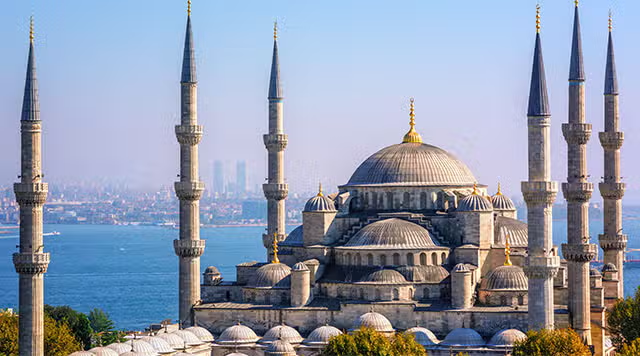
Even today, the Blue Mosque is an active place of worship. Prayers punctuate the day, and visitors are asked to respect the silence. Outside services, access is free, as long as visitors dress appropriately. Veils are lent to women at the entrance.
A cruise on the Bosphorus: a stroll between two worlds
1h to 1h30 is all it takes to experience the magic of the Strait.
Sitting on the deck of the boat, wind in our hair, we skirted both banks of the Bosphorus. To the left, Europe, with its decadent palaces and bustling shores. To the right, Asia, quieter, more residential. On one side, the West; on the other, the East. Istanbul, at its heart, links the two worlds.
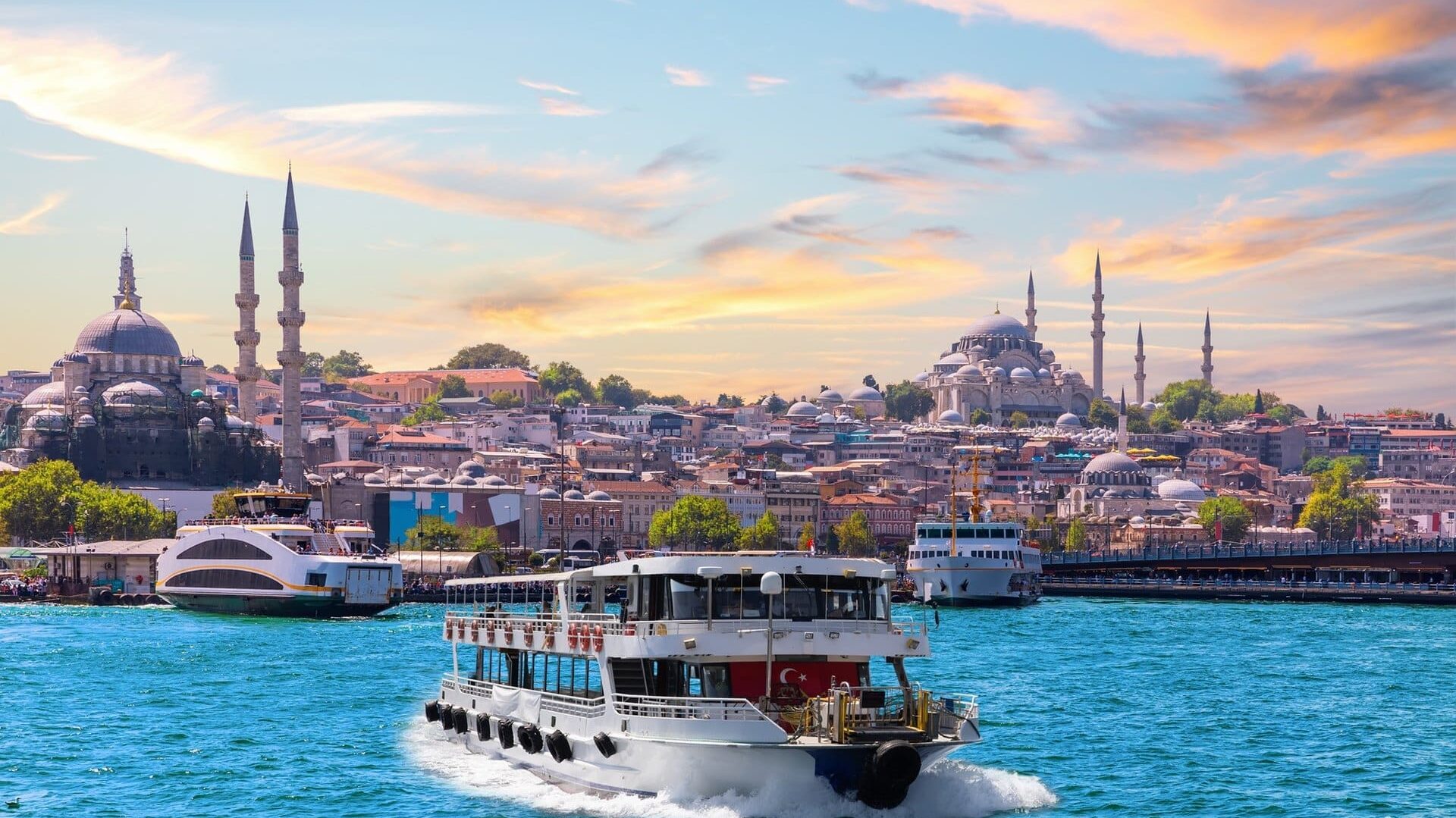
Seeing the Ottoman mansions, fortresses and mosques along the seafront… it’s like reading a poem in pictures. Some Costa tours offer this walk at sunset: a must, if time permits.
Le Grand Bazar: between tumult and temptation
Allow 1h30 minimum, more if you like walking and bargaining!
In the Grand Bazaar, everything is color, fragrance and bustle. Under its ancient vaults, you’ll find jewelry, leather, ceramics, carpets and spices. It’s not just a place of commerce, it’s a cathedral of barter, where eyes meet, languages mingle and everything is negotiated.

It’s impossible not to be tempted. You often leave with a bag, sometimes two. But above all, you take with you a sensation: that of having plunged into another world, that of the caravans and merchants of yesteryear.
After the monuments: a stroll through the neighbourhoods
After these major visits, we finished our day in Balat, Galata and Sultanahmet. Balat, with its colorful houses, evokes a warm, popular Istanbul. Galata is livelier, more modern, with its cafés, iconic tower and art galleries. Sultanahmet, finally, remains the historic heart, best visited early in the morning to capture its peaceful beauty.
With our guide Costa, every street had a story. Every facade, a memory. You don’t just look, you understand the city, you touch its heritage of civilization.
Also read: What you really experience on a Costa cruise and examples of stopovers on a Mediterranean cruise:



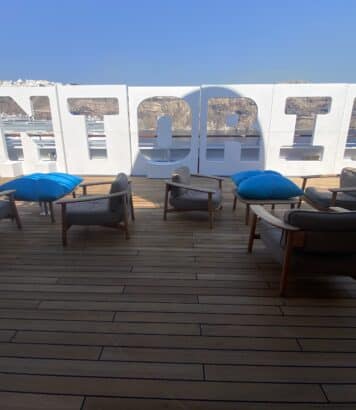

No comments
Post a comment
Always participate in accordance with the law and with respect for others.